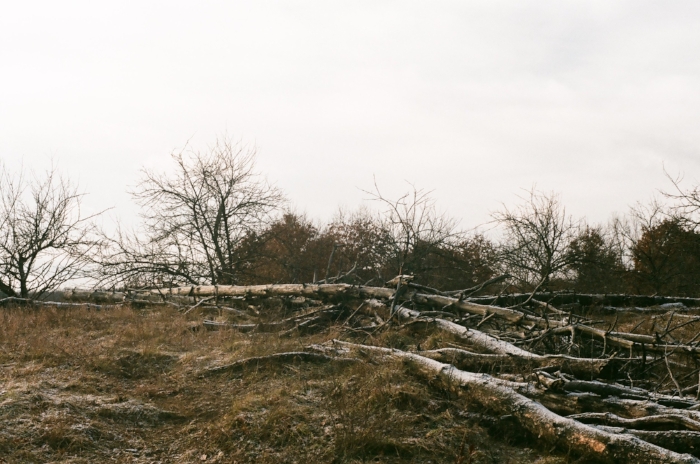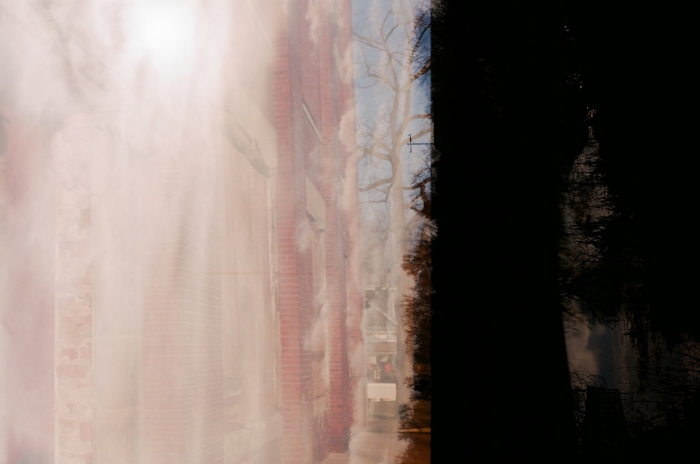Secondary Succession
The lower peninsula of Michigan is my origin place, in the sense that this is the land I was born onto. I am a descendant of colonizers, and am aware that while I regard this place as my home, it is not the home of my ancestors, but the true home of the Anisnaabe people. The work I make in relationship to this land is done in context of this legacy of colonization, and the broader legacy of the various Anishnaabe peoples who have tended this land in reciprocity for thousands of years and who continue to do so.
The earliest memory I have of an ecological idea sticking with me was reading about succession communities on an information board at a state park in the Lake Michigan dunelands. Ecological succession is the process of species change in an ecological community over time. Ecological succession happens with a certain rhythm - ecosystems build on themselves, creating increasingly complex environments as time goes on. When ecosystems are in balance, succession builds until it becomes a stable, climax community. If you imagine the process of a field turning into a forest, the process of that shift is ecological succession.
Colonization, resource extraction, industrialization, blight, sprawl - these interrupt the rhythms and processes of ecological succession, starting the process over or keeping ecological communities “stuck” in parts of the process. This is my layperson’s understanding of this concept, but I feel it in my bones as I interact with these ecosystems. Spaces in transition. This doesn’t make them less of a miracle, but I grieve for the interruptions anyway. Multiple exposures on 35mm film. 2016.







